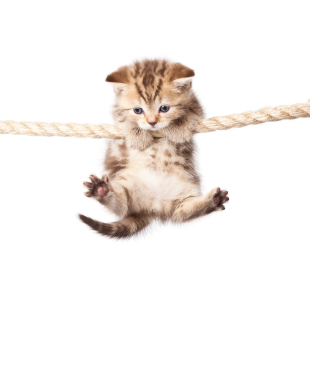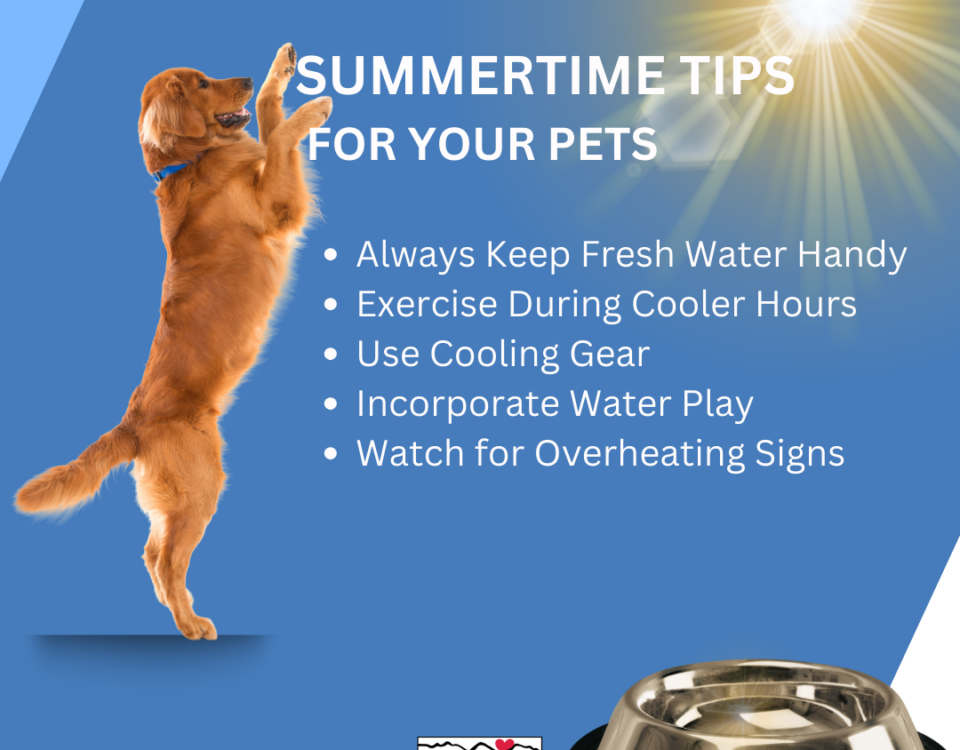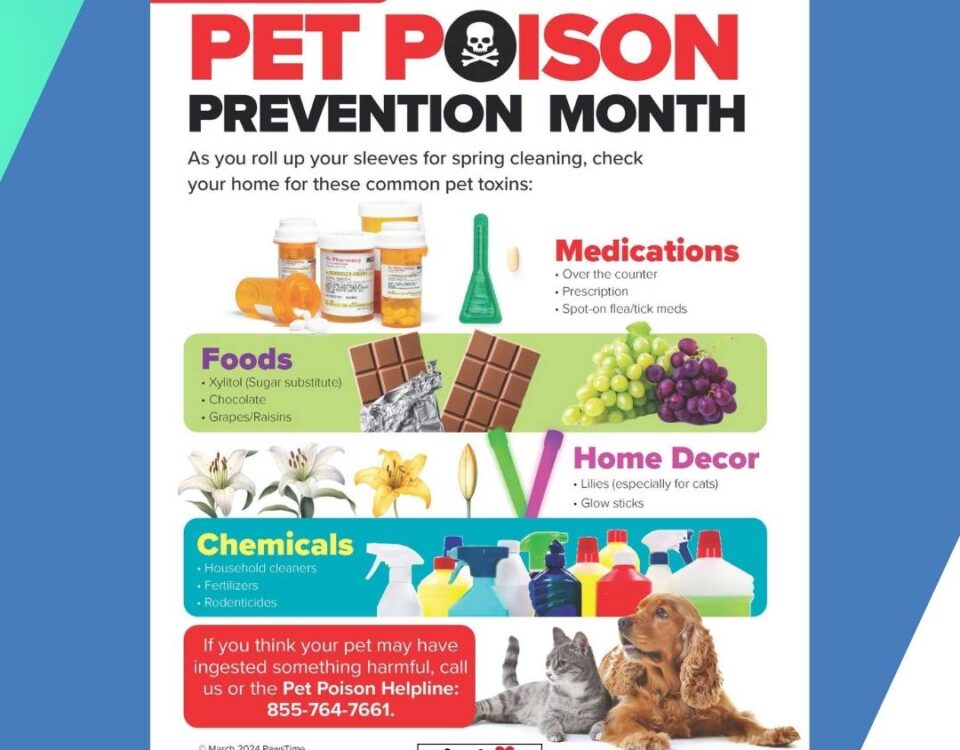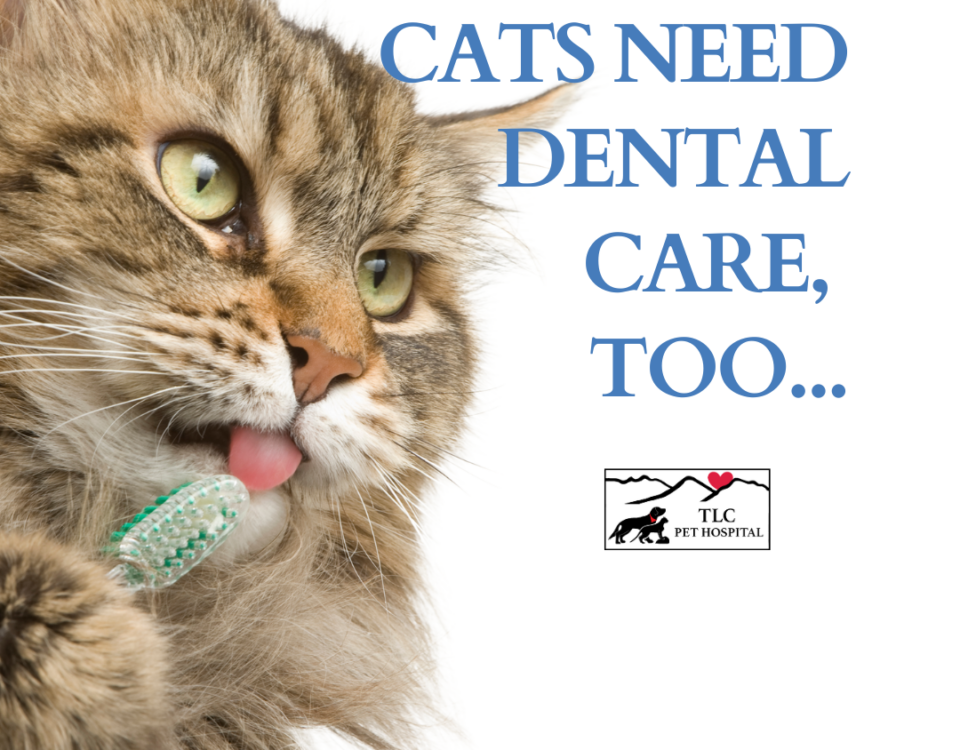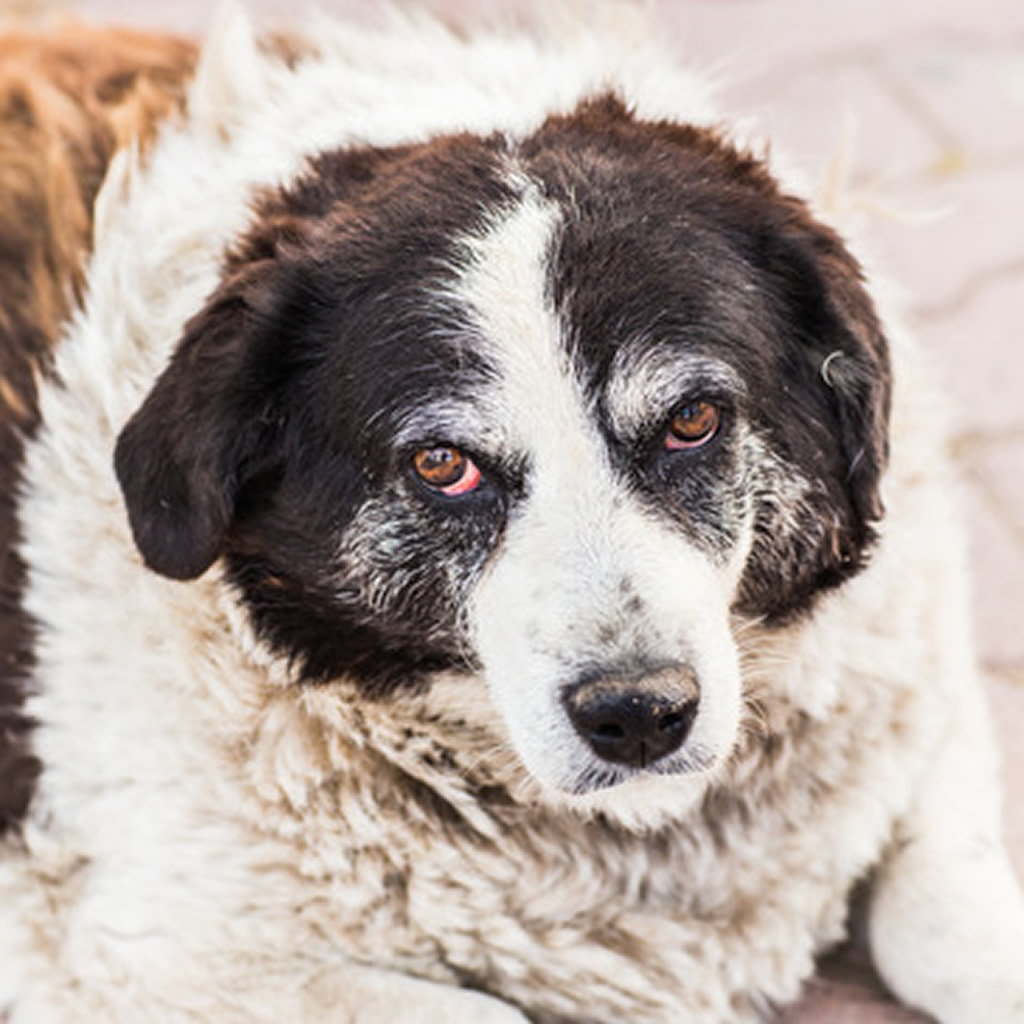
Hyperthyroidism
November 30, 2015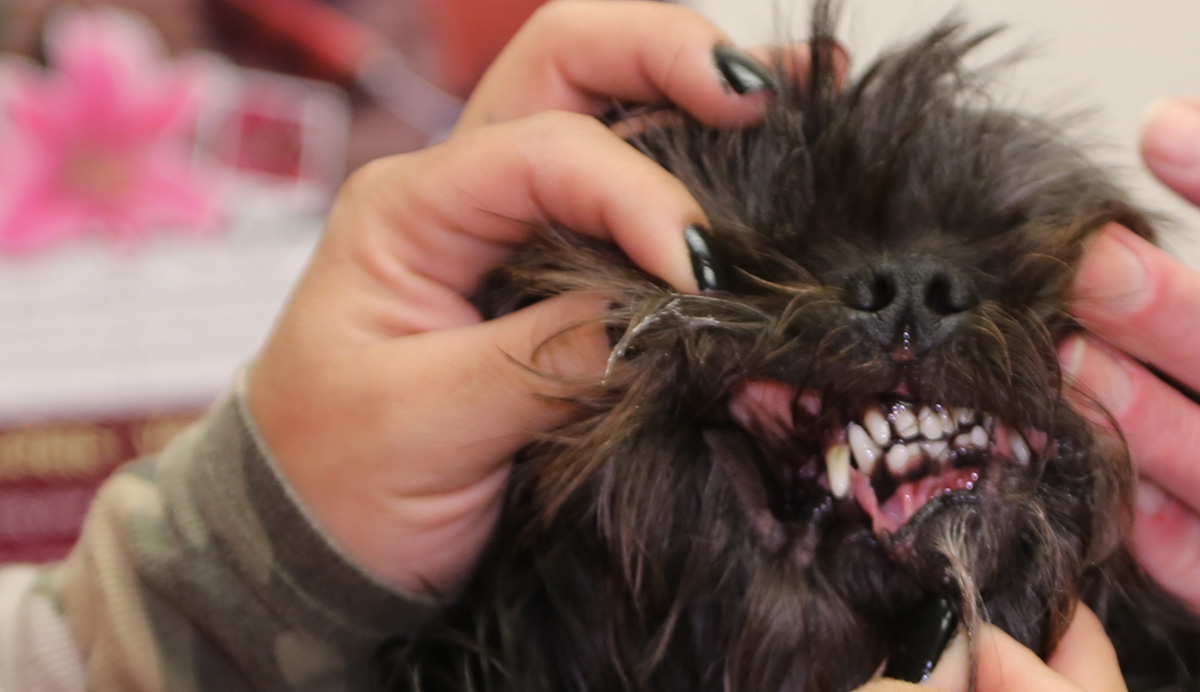
Brushing Your Dogs Teeth
February 20, 2016What Is Weaning?
Weaning is the process of transitioning kittens from mother’s milk to solid food. During weaning, kittens gradually progress from dependence on a mother’s care to social independence. Ideally, weaning is handled entirely by the mother cat. However, if the kitten in your care has been separated from his mother or if you are fostering a litter or a pregnant cat about to give birth, seeing the young ones through a successful weaning process may be up to you.
At What Age Should Kittens Be Weaned?
The weaning process normally begins when kittens are around four weeks old, and is usually completed when they reach eight to ten weeks. If you are in charge of weaning an orphaned kitten, please remember that weaning should not be attempted at too early of an age. Generally, when a kitten’s eyes are open and able to focus, and he is steady on his feet, the introduction of solid food can safely begin.
How Long Does it Take to Wean a Kitten?
The process typically takes between four and six weeks, with most kittens completely weaned by the time they’re eight to ten weeks old.
How Do I Start the Weaning Process?
It’s important to remember that abrupt removal from the mother cat can have a negative effect on the kittens’ health and socialization skills—they learn to eat, use a litter box and play, among other things, by observing their mother. Whenever possible, kittens should remain with their mother during the weaning process, as she will inherently know what to do.
When the kittens reach four weeks old, you can place them in a separate area for a few hours at a time to reduce their dependency on mother’s milk and her overall presence. Put them in their own special area with a litter box and food and water bowls. As the kittens become more independent, they can spend more time away from their mother until they are completely weaned.
How Do I Wean a Kitten Off of Mother’s Milk or Bottle-Feeding?
Serve kitten milk replacer in a shallow bowl. Do not use cow’s milk, as this will cause stomach upset and diarrhea in some kittens. Dip your fingertip (or the syringe or bottle the kitten is used to nursing from) into the liquid, let the kitten lick it, then guide him by moving your finger down into the bowl. Please do not push his nose into the bowl. He may inhale the liquid and develop pneumonia or other lung problems. Once he becomes accustomed to lapping liquids, create a gruel as described below.
Though you should continue to bottle-feed while the kitten is learning to eat from the bowl, you can help with the gradual transition by always offering the bowl first, and then the bottle.
How Do I Introduce a Kitten to Solid Food?
Make a gruel by mixing a high-quality dry or canned kitten food with kitten milk replacer until it is the consistency of oatmeal. As the kitten gets accustomed to eating, gradually decrease the amount of milk replacer you add, while slowly increasing the amount of kitten food. By five to six weeks, he should be eating only lightly moistened food. Now you can start to leave out small amounts of dry food and fresh water at all times. By eight to 10 weeks, kittens should be accustomed to eating unmoistened kitten food.
What About Weaning an Orphaned Kitten?
Generally, orphaned or hand-fed kittens can begin weaning slightly earlier, at about three weeks of age, but otherwise the process is essentially the same. Begin by offering milk replacer in a dish, teaching the kitten how to lap from the dish. Gradually transition to a gruel created by mixing a commercial milk replacer with high-quality kitten food. As the kitten slowly grows accustomed to eating, gradually reduce the amount of milk replacer you use. By five to six weeks of age, he should be relying solely on kitten food for his nutrients.
What Are Some Tips to Help the Weaning Process?
Kittens may play with the gruel, batting it around and stepping into the bowl before they understand that it’s food. Have patience and don’t rush the process—they’ll catch on eventually. In the meantime, use a soft, moist cloth to wipe any formula off the animal’s face and feet after each feeding. Gently dry him with a towel and keep him in a warm area free of drafts until he’s completely dry.
https://www.aspca.org/pet-care/cat-care/weaning

